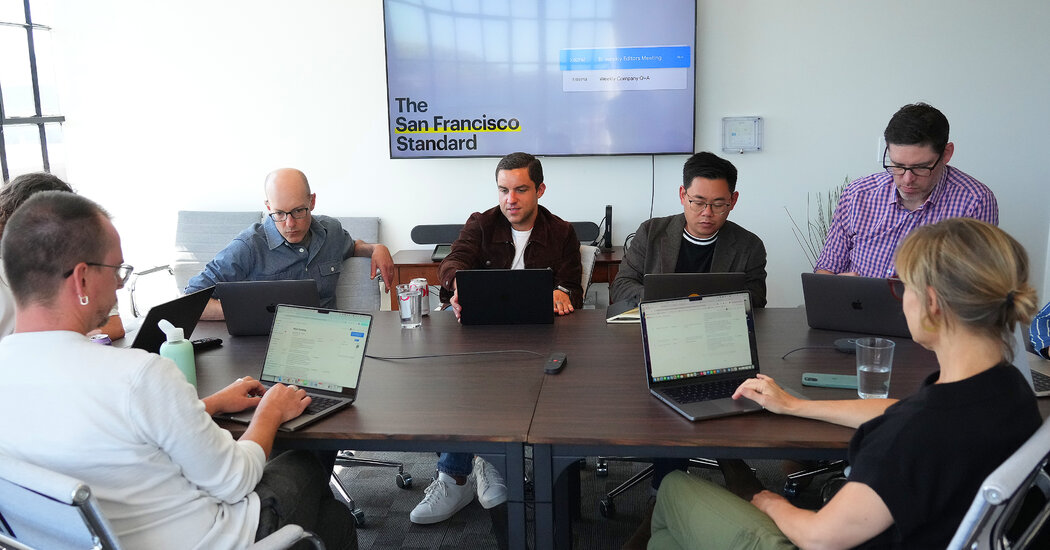The city has become a hothouse for experimentation in local news. Could it serve as a model for the rest of the country?
It’s no secret that the business of local news is struggling. News deserts are growing across the country, and over half of counties in the United States now have just one or no remaining news outlet.
But in San Francisco, local news is seeing a resurgence thanks to a willingness to experiment. Half-century-old neighborhood news organizations are becoming nonprofits. Others are banking on the help of deep-pocketed supporters. And as local news driven by advertising revenue declines, news sites are relying on subscriptions to fill in the gaps.
A city of roughly 800,000 residents, San Francisco now boasts 27 news organizations, ranging from hyperlocal nonprofits and radio stations to billionaire-backed outlets like The San Francisco Standard vying to become the city’s paper of record. Unusual for a major American city, San Francisco has about the same number of media outlets today that it did a decade ago.
“Virtually every type of news model out there exists in the Bay Area,” said Bill Nagel, publisher of The San Francisco Chronicle, the city’s largest newspaper. “It’s a hypercompetitive environment.”
There are a few reasons the region can support so much news. The technology industry has made the Bay Area one of the wealthiest places in the country, and that wealth supports local news through donations large and small. It is also a highly educated region, which typically correlates to paid news readership.
